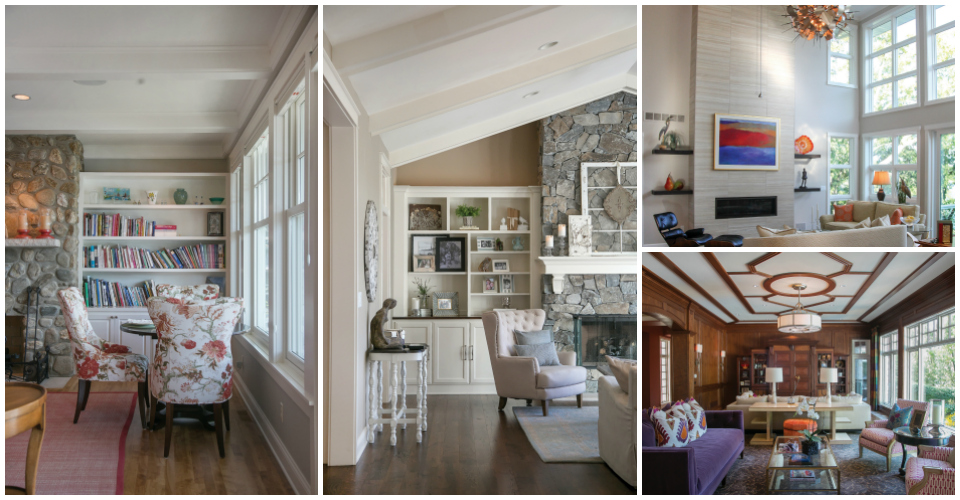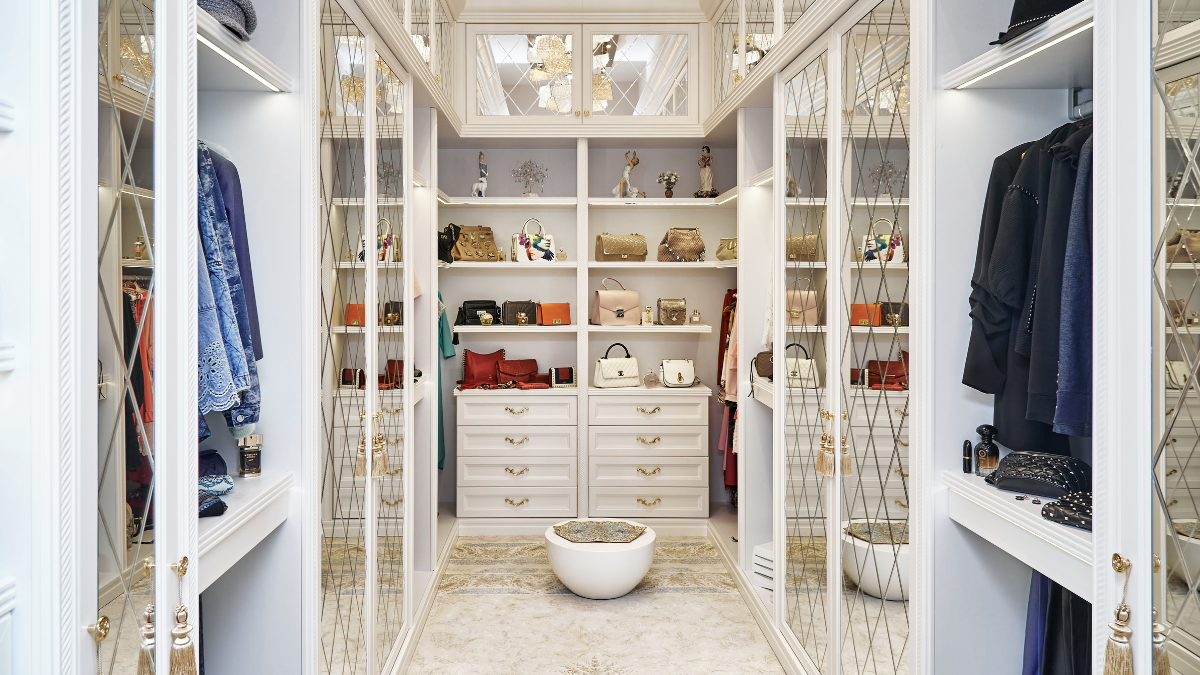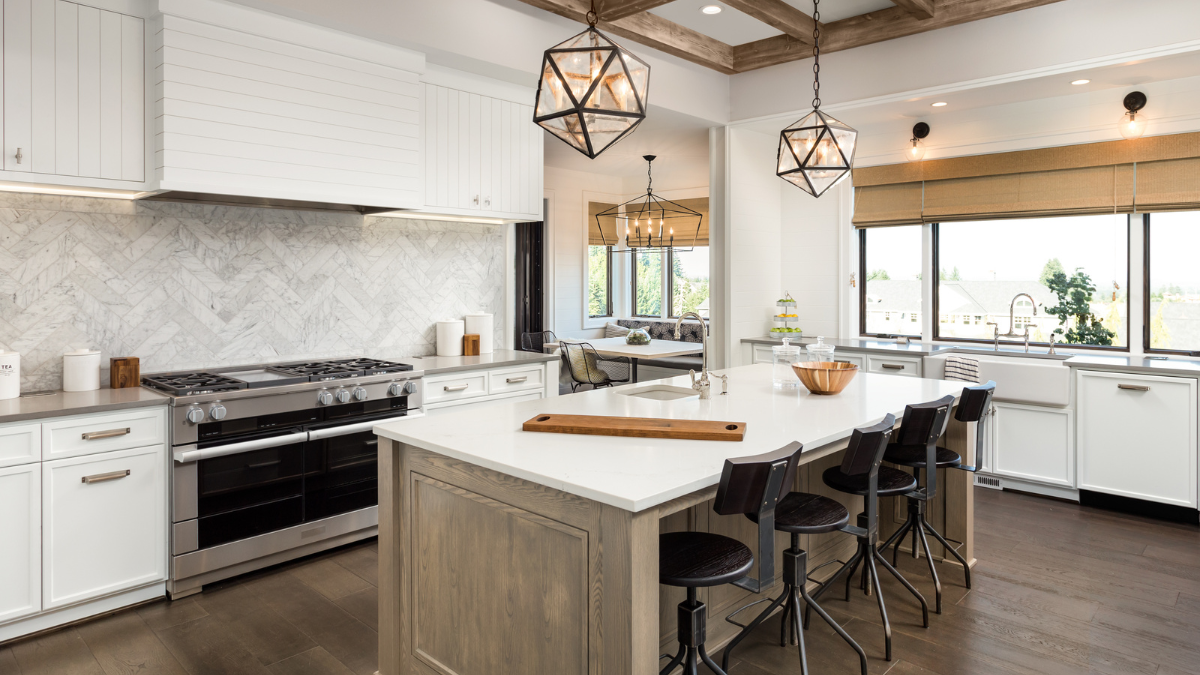By Deanna Kane | Photography by Shanna Wolf
Furnishing a home can be overwhelming, not to mention time-consuming and expensive. With a detailed plan and being realistic with how you will live in the space, the home design process can be fun—thanks to these insider secrets.
CREATE A DÉCOR PLAN
As with any new endeavor, the first step to a successful home makeover is creating a plan. This will help develop your vision and will make an overwhelming process become manageable.
If you’re working with an interior designer, communicating your likes, dislikes and inspiration will help create a harmonious space.
“We align on big-picture vision first, then focus on the specifics for each room. We believe everything in a room has to work together, and no decisions should be made in isolation,” says Summer Thornton, principal and interior designer of Summer Thornton Design. “The wall treatment impacts the window treatment, which impacts the upholstery, which impacts the rug, and so on.”
If you’re creating a décor plan solo, channel your inner designer to create a cohesive plan before shopping.
“Spend time browsing sites such as Houzz or Pinterest to gather a full spectrum of rooms that you gravitate toward. Then move your endless ideas into folders that have no more than three concepts—this will help you hone in on your vision,” says Beth Welsh, interior designer with Interior Changes.
“Look at your options, print photos and look at them together. If it all works, then pull the trigger and buy,” says Thornton.
However, furnishing a home doesn’t mean buying everything new. Part of the process should be assessing how some of your existing items can fit into a new design plan.
“Everyone owns pieces they love and cherish. Sometimes a buffet can become a TV console or a bookshelf can be displayed in different ways. You don’t need to scrap everything in your life to make a new space—allow the story to continue,” says Welsh.
“Creating a plan depends on your lifestyle and budget. The first step should be determining if you can reuse any of your existing pieces,” says Emily Ware, merchandising manager and buyer with Penny Mustard Furnishings. “Then, identify the items you will use the most. The quality is important—you don’t want to have to redo it.”
Lastly, being honest with how you really live will save you discomfort after the space is complete.
“Be honest with how you live and work in your environment. Many people have an illusion they would work differently if their space is different. For example, if your favorite place to work is the couch, adding a desk probably won’t change this,” says Welsh.
WHERE TO INVEST
At its core, a home is a haven to relax and recharge.
“We retreat to houses to renew,” says Welsh. “If you’re uncomfortable, you’re not getting the best quality of living, so invest in pieces you use the most.”
Sleep is the ultimate in recharging. “It’s vital to your overall well-being, but mattresses are often overlooked,” says Ware. “Invest in the base and mattress, and save on the headboard.”
Being able to relax means being comfortable and knowing your new items will be safeguarded from the stress of daily use.
“Allocate your money towards the primary surfaces you use to sit or lay, such as a sofa or recliner, says Welsh. “These show the most wear and tear, and break down the fastest.”
As a guide, Welsh suggests a $2,500 starting point for a great sofa, which should last 10 to 15 years.
Ware also suggests investing in solid wood.
“A solid wood dining table won’t break down,” says Ware. “For custom pieces, plan in advance because they can take 9-12 weeks to arrive.”
The items in which to invest should also be a personal choice.
“Invest in the items you love, which will make the room; some rooms need a stunning sofa with special fabric, other rooms need magnificent art, and yet others need a dramatic wall treatment,” says Thornton.
WHERE TO SAVE
Not every item needs to be a forever piece.
“Depending on how you use them, decorative end tables are a great place to save,” says Ware. “However, if you will use them as a second dining area, it’s better to invest more.”
Soft, decorative items such as rugs, pillows and throws are items that can be swapped out seasonally, and should all be at the lower end of your budget.
“Shop online for rugs, specifically, for wool rugs. They are durable, [have] fantastic quality and with smart shopping, you can find them on sale,” says Welsh. “This is a great way to update the space between seasons.”
QUESTIONS TO ASK WHEN SELECTING PIECES
Knowing what to ask yourself when selecting pieces can easily eliminate items that aren’t the best fit, and will help you focus on bringing the right pieces into your home.
Thornton says to ask yourself, “Does this say something? Do I love it? Is it different? Will this still be cool in 10 years?”
Ware recommends asking, “’How will it be used, and what function does it need to serve?’ Once you’re able to answer that, you can make the most out of your budget,” she says.
DESIGN TO-DOS
If you’re working with a designer, a personality fit and trust are the most important aspects.
“See if you click on the phone before hiring them,” says Welsh. “Once you’ve made the decision, trust them. Avoid asking others for their opinions; you will risk getting their opinions for their home, not yours.”
“Hire someone whose work you admire, make sure they have great references, and then enjoy the ride!” says Thornton.
When you’re creating a design plan on your own, Ware says organization and honesty are the most important parts. “Once your ducks are in a row, and you’re honest with how you will use the space, it will be an easy and fun process—and you won’t worry about if you will like it later,” she says. “When the needs are covered, the wants are fun!”






One thought on “An Insider’s Guide to Furnishing a Home From Scratch”
Comments are closed.